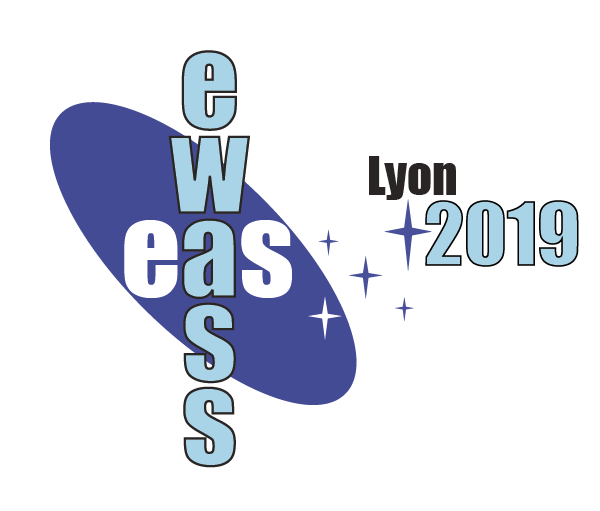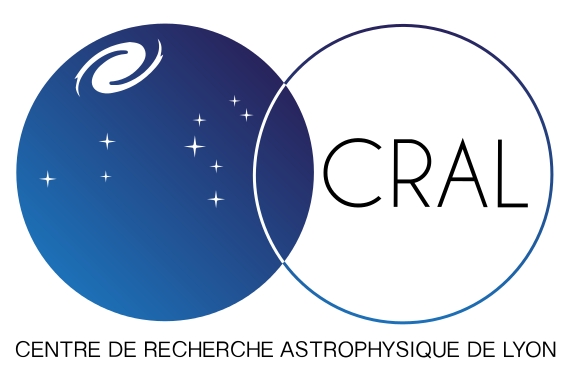Special Session SS27
27 June 2019
From X-ray pulsars to pulsating ULXs: Accretion onto highly magnetized neutron stars
Aims and scope
 The discovery of four pulsating ultra-luminous X-ray sources (ULXs) in the past four years confirmed that some of the brightest ULXs can be powered by highly magnetized (high-B) neutron stars. Furthermore, by building upon theoretical models for super-Eddington accretion onto high-B neutron stars several recent works are advocating that a considerable fraction of all ULXs are powered by high-B neutron stars regardless of the presence of pulsations. Concurrent observational works lend further support to this scenario by demonstrating a spectral uniformity between (pulsating and non-pulsating) ULXs and X-ray pulsars (XRPs).
The discovery of four pulsating ultra-luminous X-ray sources (ULXs) in the past four years confirmed that some of the brightest ULXs can be powered by highly magnetized (high-B) neutron stars. Furthermore, by building upon theoretical models for super-Eddington accretion onto high-B neutron stars several recent works are advocating that a considerable fraction of all ULXs are powered by high-B neutron stars regardless of the presence of pulsations. Concurrent observational works lend further support to this scenario by demonstrating a spectral uniformity between (pulsating and non-pulsating) ULXs and X-ray pulsars (XRPs).
This session aims at bringing together theoreticians and observers in the (recently) overlapping communities studying XRPs and ULXs, in search of the affinities and distinctions between the two populations. Some of the questions we plan to address are:
-- What is our current understanding of accretion onto magnetized neutron stars? What are the model predictions of for super-Eddington accretion (e.g. observables, viability under different physical conditions)? Is there a critical value of the magnetic field that affects behavior (e.g. magnetars)?
-- Do pulsating and non-pulsating ULXs belong to the same population? Or are they the result of accretion onto different compact objects, i.e. high-B neutron stars vs black holes?
-- What are the formation scenarios of (pulsating) ULXs and could ULXs offer an additional formation path for millisecond pulsars?
-- Do the similarities between the XRP and ULX spectra reveal a uniform population or do their subtle differences point to a crucial distinction?
-- How do we explain the systematic differences of the pulse profile shape between pulsating ULXs and bright XRPs?
-- What can we learn from the recent outburst of the Be/X-ray binary Swift J0243.6+6124 which was hailed/labeled as the first galactic ULX Pulsar ?
Contributions not selected for an oral presentation will be considered as posters. Depending on demand a 2 min slot will be given for each poster presentation.
Programme
- Accretion and ejection physics. Interaction of accreting matter with magnetized neutron stars. How is super-Eddington luminosity achieved and sustained?
- Observational aspects of XRPs. Spectral and temporal features, long- and short-term spectro-temporal behavior at different luminosity regimes
- Exceeding the Eddington limit. Differences and similarities between (persistent) pulsating ULXs and (transient) super-Eddington XRPs. Jets, outflows and the propeller regime in pulsating ULXs
- Evolution of ULX populations. Populations studies and observational indications of different accretor types
...
Invited speakers
- Alexander Tchekovskoy (Northwestern)
- Alexander Mushtukov (Anton Pannekoek Institute of Astronomy)
- Grzegorz Wiktorowicz (National Astronomical Observatories, Chinese Academy of Sciences)
- Jakob van den Eijnden (Anton Pannekoek Institute of Astronomy)
- Jean-Pierre Lasota (IAP-CNRS, Nicolaus Copernicus Astronomical Center, Polish Academy of Sciences)
- Sergey Tsygankov (University of Turku - Tuorla observatory)
- Marianne Heida (Caltech, PMA)
- Konstantin Postnov(Sternberg Astronomical Institute - Lomonosov University)
- Kyle Parfrey(NASA GSFC)
Scientific organisers
Filippos Koliopanos (IRAP) - Georgios Vasilopoulos (Yale) Session Chairs
Science Organizing Committee:
- Didier Barret (IRAP)
- Nathalie Degenaar (API)
- Hannah Earnshaw (Caltech)
- Frank Haberl (MPE)
- Chandreyee Maitra (MPE)
- Matt Middleton (University of Southampton)
- Sasha Tchekhovskoy (Northwestern)
- Natalie Webb (IRAP)
- Andreas Zezas (University of Crete)
Contact
Filippos Koliopanos fkoliopanos @ irap.omp.eu
Updated on Wed Jul 03 19:47:04 CEST 2019
|

 A power cut will shut down all EAS services on Tuesday, 10 January 2017 starting at 7:30 CET.
A power cut will shut down all EAS services on Tuesday, 10 January 2017 starting at 7:30 CET.





